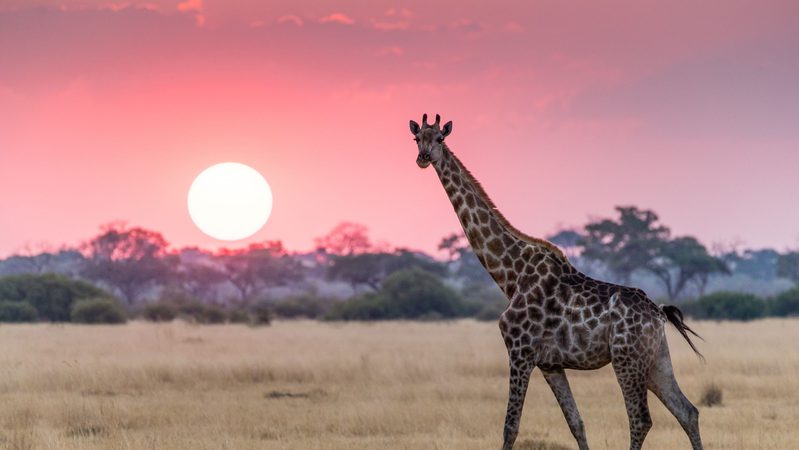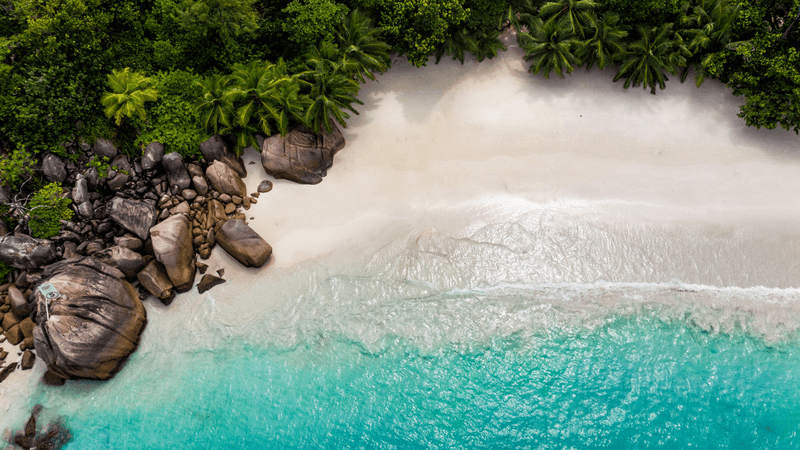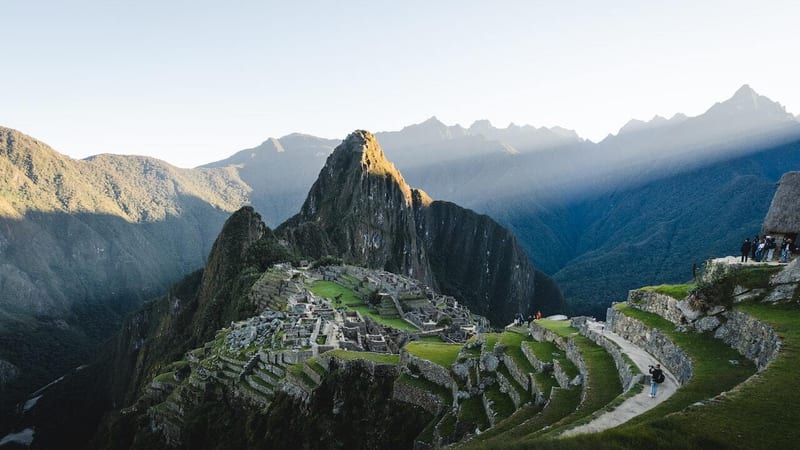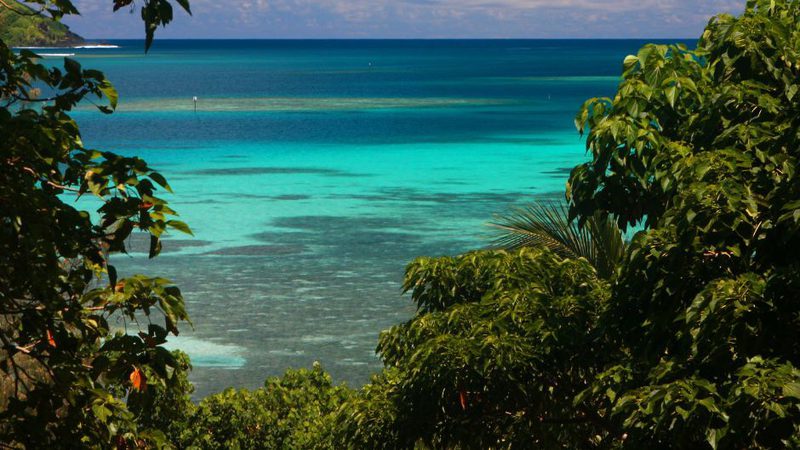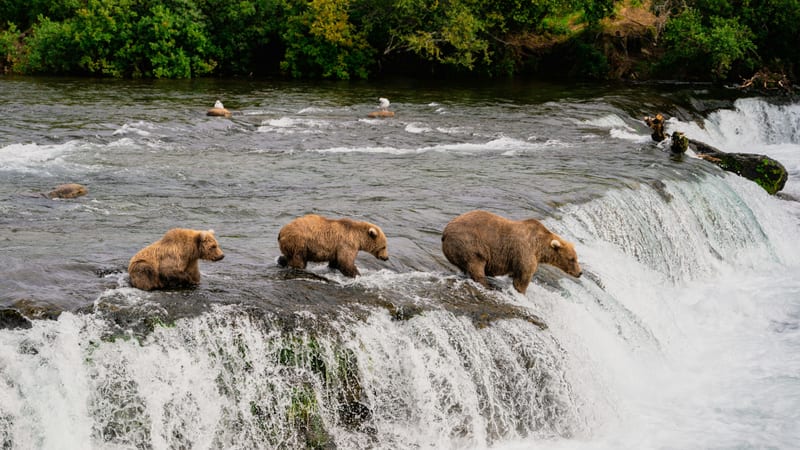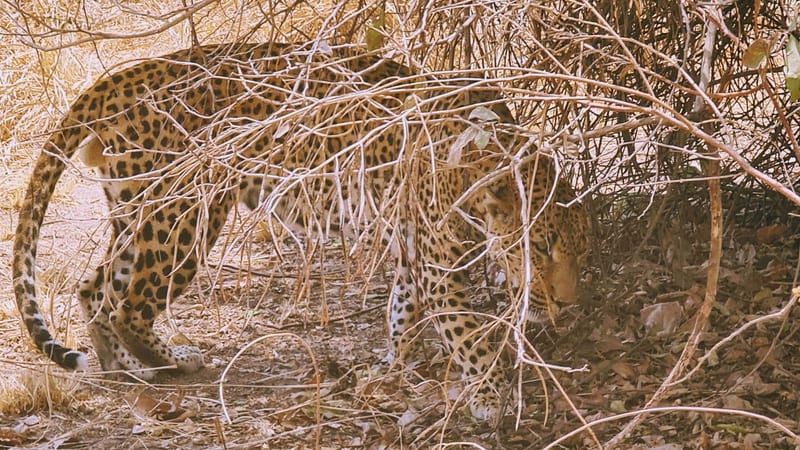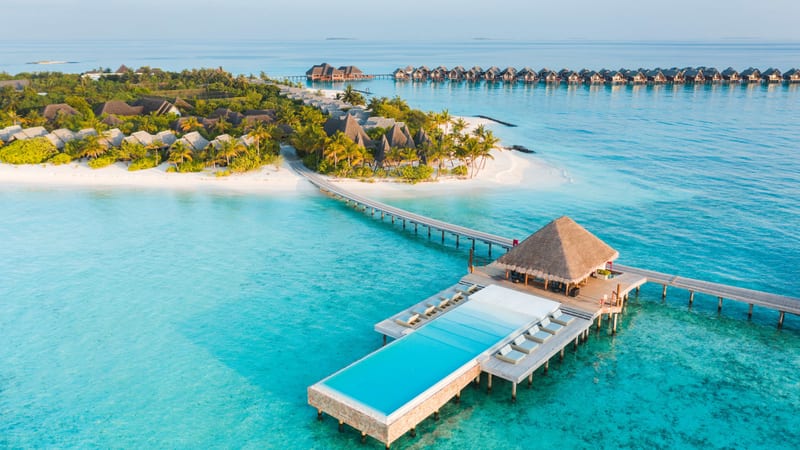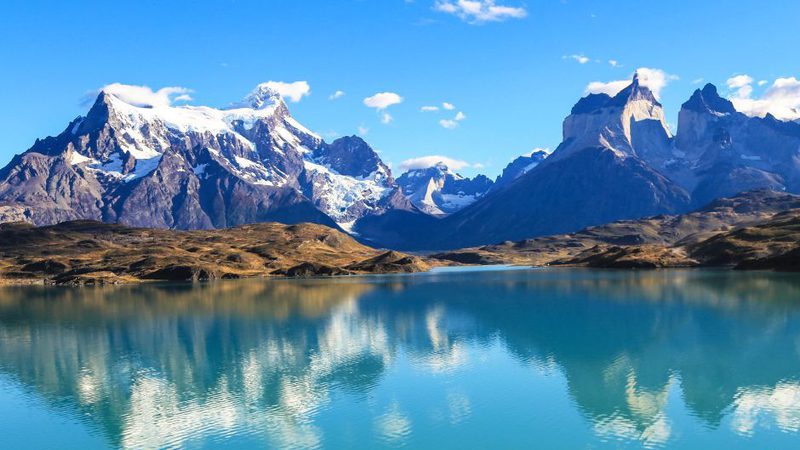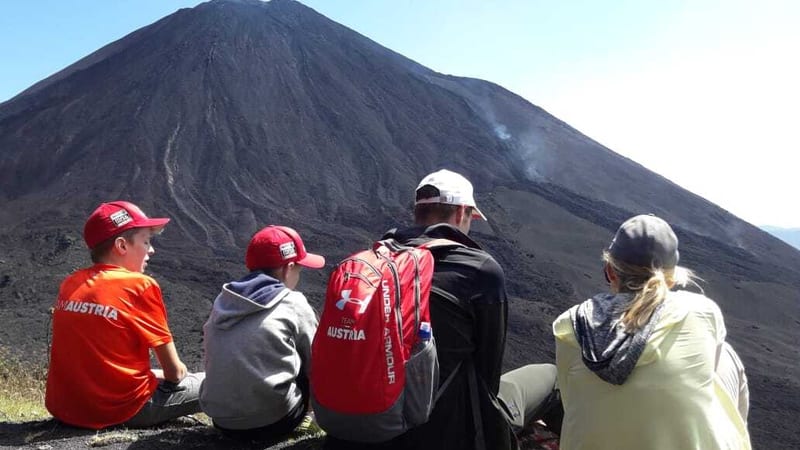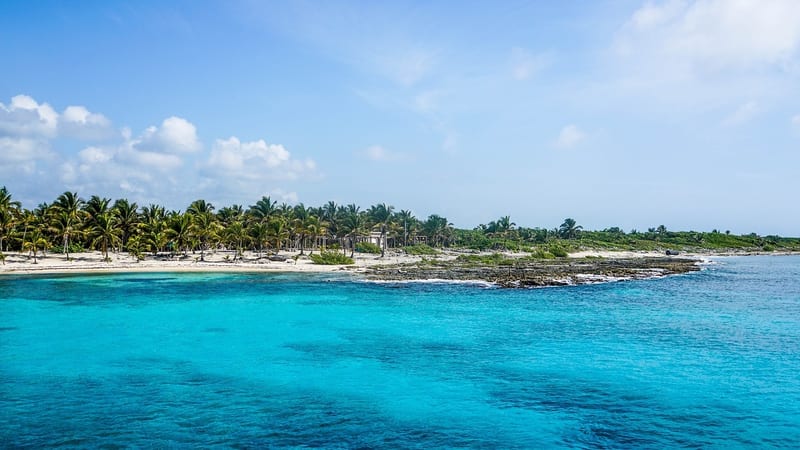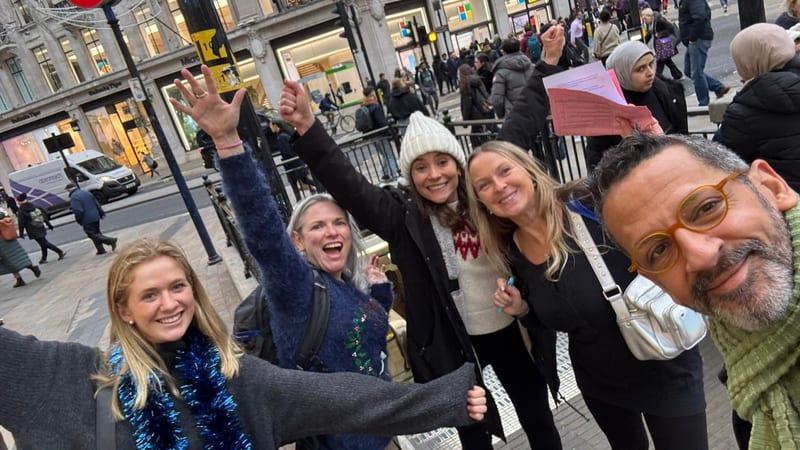Understanding the Okavango Delta Flood in Botswana
A guide to how and why the Okavango Delta floor happens
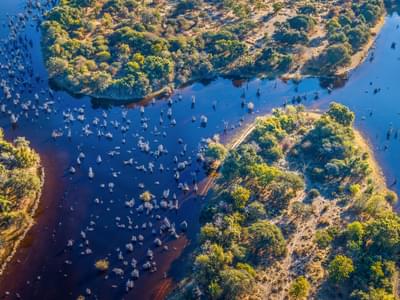
Water is synonymous with the Okavango Delta and is part of the Delta experience along with being an important factor in the ecosystem. Many of the unique activities offered in the area rely on and are impacted by the flood. Understanding its flow and seasonality is therefore important when planning your Botswana safari experience.
What causes the flood?
The Okavango Delta is an incredibly dynamic system that is the focus of continued scientific study. Nowhere are the dynamic interactions at play more obvious than the flow of water and flood through this system. It is unpredictable and varies from year to year and because of this is the subject of much speculation. It is this unpredictability that makes the Delta such an interesting place to visit as it is seldom the same as it was and may never be the same again. Add to this the mind-twisting thought that the dry months (in terms of rain from May to October) are the wet months (in terms of flood) and it is not surprising that confusion reigns.
Where does the water come from?
It is important to know that most of the water that floods into the Okavango Delta does not fall in the Delta directly as rain, but rather in the river’s catchment in the Angolan highlands. This water slowly gathers momentum through the summer before collecting into the Okavango river and making its way into Botswana at Mohembo, in the northwest of Botswana near the Namibian border.
This water level is tracked through the year and is the first indicator of how good “the flood” will be in the coming winter. Mohembo data shows a general peak of flood level in April and May but even this can vary from year to year. Maun in the south tends to peak around August showing the timing of the flood pulse moving through the Delta from where it enters Botswana down to Maun.
Where and how the water travels
From Mohembo the water travels southwards down the Okavango panhandle where it is still constrained by river banks until it reaches the flood plains of the Okavango Delta and starts to spread out into the famous alluvial fan. In different years the river ‘fingers’ of the Okavango can carry more or less and change the shape of the Delta accordingly. The amount of water in the Delta remaining from previous floods, as well as the local rainfall in the summer months, impacts how dry the riverbeds are and thus how quickly the flood waters travel. Deposits of silt and sand and changes in peat beds and lagoons all divert and change the speed of the water as it travels through.
The rivers that the Okavango distributes into carry varying volumes of water and may not make it right through the Delta. A raised fault line abruptly creates the southern edge of the Delta. Here the Thamalakane river collects the water that does make it through and carries it through Maun and into the Nhabe and Boteti rivers from where it slowly meanders west towards Lake Ngami and east to Makgadikgadi pans, these lakes only receive flood waters in exceptional years.
In 2022 the Okavango astounded us again. The first water to flow into the Thamalakane and start the flood of the river towards Maun had not come from the usual source (the Boro river which runs down the western side of Chief’s island) but instead was fed from the Gomoti slightly further east where it was previously drier. These are natural adjustments to the Delta’s varying flood patterns and Maun as the capital of the region owes its presence to such changes that moved the capital from Tsau in the west of the Okavango decades ago when the flood stopped reaching there.

Why does this matter to a traveller?
Whilst this sounds like it would be of interest to scholars and little importance to a traveller to the area it is worth considering just how impactful the floods are on the area and how much the presence of water changes an area.
Flood plains go from being cheetah hunting grounds to expansive watery reflections of the sky, full of bell frogs ringing in the sunset. Scarce water, attracting wildlife from far and wide to small rain-retaining pans, is suddenly plentiful, and animals disperse away from the water looking for more-limited grazing or congregate on the islands created by the flood. These changes are immense and even when expected, happen suddenly and with impact.
The absence of the flood has an impact too. In 2019 there was a low flood year, and whilst the Delta was a wildlife watcher's haven as animals congregated around the little water that remained, it was not the lush paradise that is photographed and shared so widely. Instead, it felt like the Kalahari desert sands, dry and dusty.
When the 2020 flood came down onto this dry riverbed it did not come quickly and when the water made it through the Delta to the Thamalakane it was the source of much excitement as the community flocked to bless themselves in the tongue of the headwater (leleme la noka) as it flowed back into Maun.
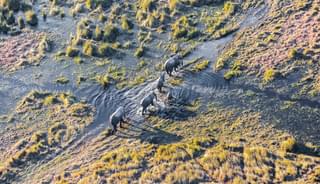
Where can you find the flood?
There are camps within the Okavango that are located on large swathes of permanently dry land offering game drives and other land-based activities. Many of these camps offer seasonal additional water-based activities but are still considered land-based or dry camps.
The contrasting water-based camps are located on lagoons or small islands surrounded by open flood plains that may be dry between seasons but are inundated by the flood focusing the activities they offer on water-based activities such as boating and mokoro (traditional dugout) activities.
Logically, the first places to receive the flood are located in the northern reaches of the Okavango Delta and their water levels are the first to drop as the flood pulse moves through. Five water-based lodges worth visiting to experience the floods are, from north to south, as follows:
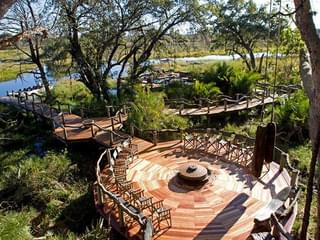
Jao
Situated in the heart of the floodplain where the Okavango starts to split into its fingers, Jao and its sister camps are wonderful water-based camps to see the floods with spectacular game viewing year-round. The newly rebuilt camp is spectacular and a sufficient reason to visit. If you are travelling early in the high season the camps in this area offer you the best chance of seeing the flood.
This stunning camp is popular with those on a Botswana honeymoon due to its beautiful tends with expansive views from the private sala.
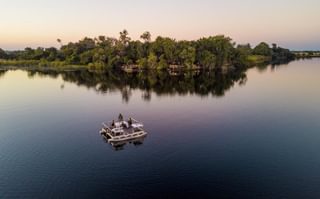
Xugana Island Camp
Located on a permanent lagoon Xugana can offer year-round boating experiences, as well as land-based activities. With permanent water, the lodge is surrounded by large trees that provide ample shade and serenity to enjoy the water views.
Our Victoria Falls and Botswana honeymoon includes 3 nights at Xugana Island Lodge, as well as time in Moremi Game Reserve and Victoria Falls. 11 days from £6,075pp. The perfect African honeymoon.
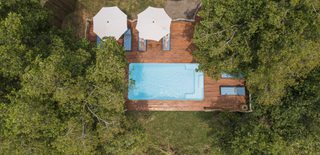
Shinde
Shinde has permanent water activities on offer that are not seasonal. In the same area as Xugana it receives water at a similar time of year and offers great service whilst offering the quintessential water experience.
Renovated in 2020, it provides a luxury experience with a touch of historical charm.
If you are planning a Botswana family holiday, Shinde Camp accepts children aged seven and over with its family tent consisting of two bedrooms and a shared bathroom.
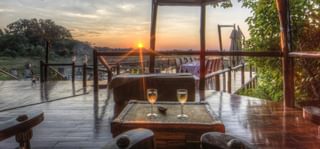
Kanana
Like Jao, the floods change the entire landscape of Kanana. The flood rises around the stilts that hold up the rooms and morphs into a water wonderland. A nearby heronry is a highlight for everyone whether a birder or not and visiting this noisy wonder by boat is a unique experience.
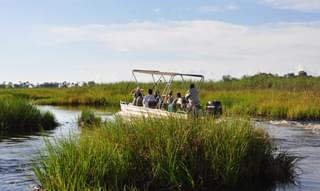
Stanley’s
The most southerly of the listed camps Stanley’s will offer a flood experience later in the year than the others. It offers a true Okavango experience of being surrounded by flood plains when the flood is through rather than being on the main channel or permanent water. These flood plains can be explored by mekoro on a seasonal basis.
No matter when you travel and regardless of whether there is a high or low flood, the Okavango is a spectacular landscape full of wonderful wildlife opportunities. Get in touch with us to help you plan your visit to this varied and constantly-in-flux wonderland.
Every holiday we make it tailored to your requirements and created from scratch so we can create the perfect safari for you, or for more inspiration, take a look at our 26 best safari holiday ideas or at our top African honeymoon ideas.

